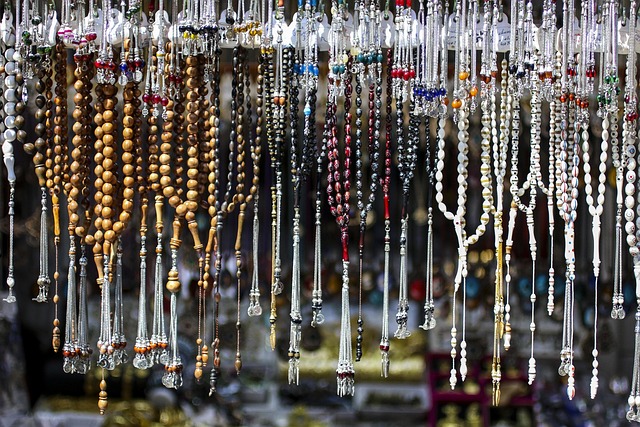Throughout centuries, the rosary prayer has stood as a significant devotional practice within various religious traditions, particularly within Christianity. This practice, often associated with the Catholic faith, encapsulates a journey of meditation, reflection, and spiritual connection. The physical act of counting beads not only serves as a tool for prayer but also embodies a deep-seated tradition passed down through generations.
To many believers, the rosary prayer is more than mere recitation; it is a profound experience that transcends words. The repetitive nature of the Hail Mary and Our Father prayers guides individuals into a space of tranquility, allowing them to slow down amidst the chaos of everyday life. Each bead serves as a reminder of faith, helping the practitioner to focus their intentions and surrender their worries to a higher power.
The origins of the rosary can be traced back to the Middle Ages, where the faithful sought a structured way to pray, especially before the ability to read and write became widespread. The physical act of holding the beads offered a tactile way to connect with faith, reinforcing the idea that prayer is not solely a mental exercise but an embodied practice. The rosary prayer fosters a personal relationship with God, grounding the believer in tradition while simultaneously inviting personal interpretation and creativity.
In addition to its religious significance, the rosary prayer carries with it cultural weight, often seen in art, literature, and community gatherings. Many families pass down their own rosaries, imbued with love and reverence, forming a familial connection to the faith through shared prayers and stories. This generational aspect of the rosary serves as a profound reminder of how traditions evolve yet remain anchored in core spiritual values.
Across various religious traditions, similar practices can be found. For instance, in Eastern Orthodoxy, the Prayer Rope functions in much the same way as a rosary, allowing believers to engage in repetitive prayers. This implies that no matter the specific religious background, the innate human desire for ritual and connection plays an essential role in spiritual life.
As individuals delve deeper into the practice of rosary prayer, they often find it serves as a source of comfort during times of crisis. Many recount stories of resilience and hope stemming from moments spent in prayerful contemplation. This sacred practice acts as a sanctuary where believers can surrender their fears and anxieties while invoking peace and calmness, reinforcing the notion of community through shared belief and values.
Moreover, in the fast-paced world we inhabit today, the rosary prayer invites us to carve out moments of stillness. It provides a necessary respite for reflection and gratitude, reminding practitioners of the significance of divine presence in their lives. By engaging with this practice, individuals can cultivate a deep sense of belonging and reverence in an often disconnected society.
As you explore the intricacies and profound meaning of the rosary prayer, consider the ways it resonates within your personal spiritual journey. Whether you are a lifelong practitioner or new to this tradition, the rosary offers a gateway to deeper understanding, connection, and reflection in a time where such practices are needed more than ever.




